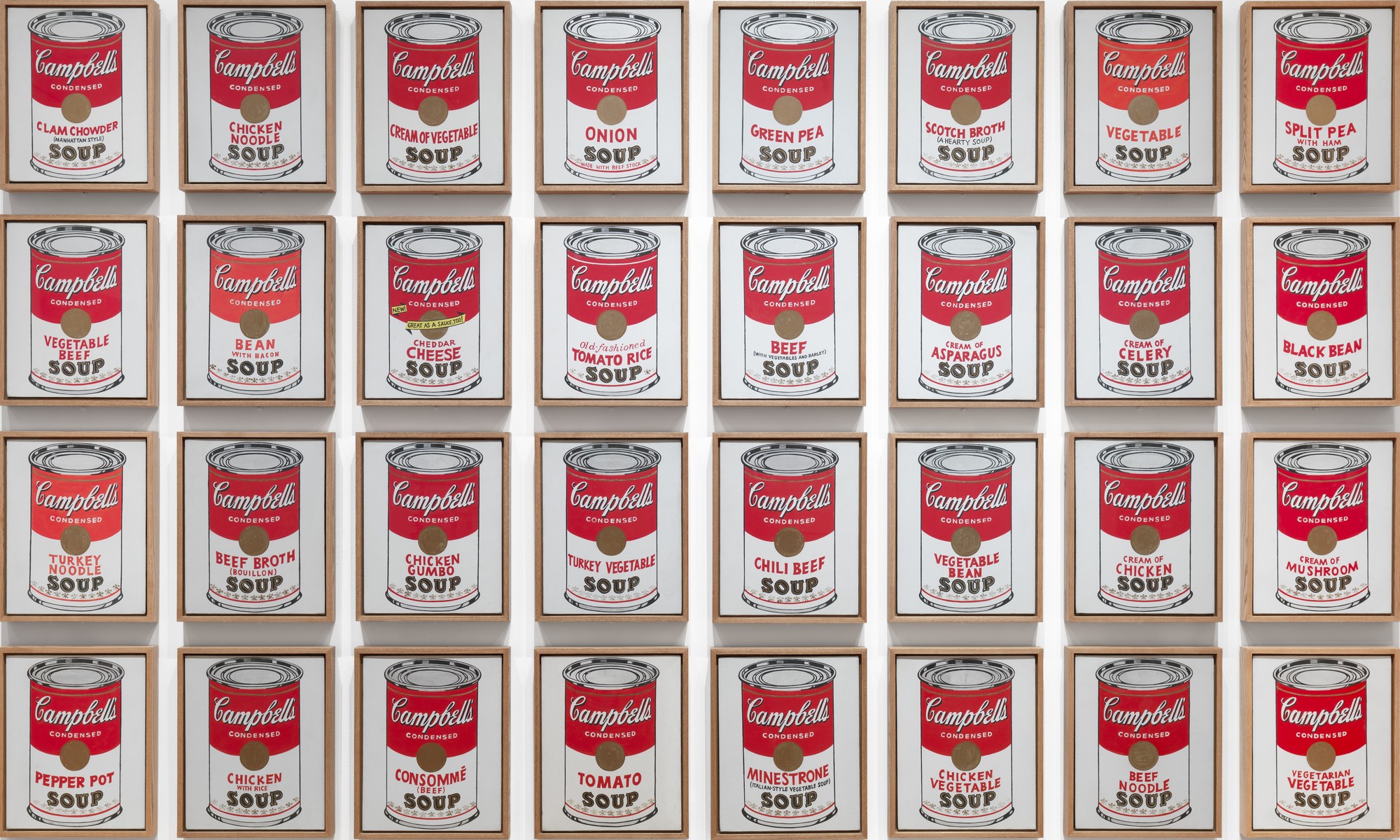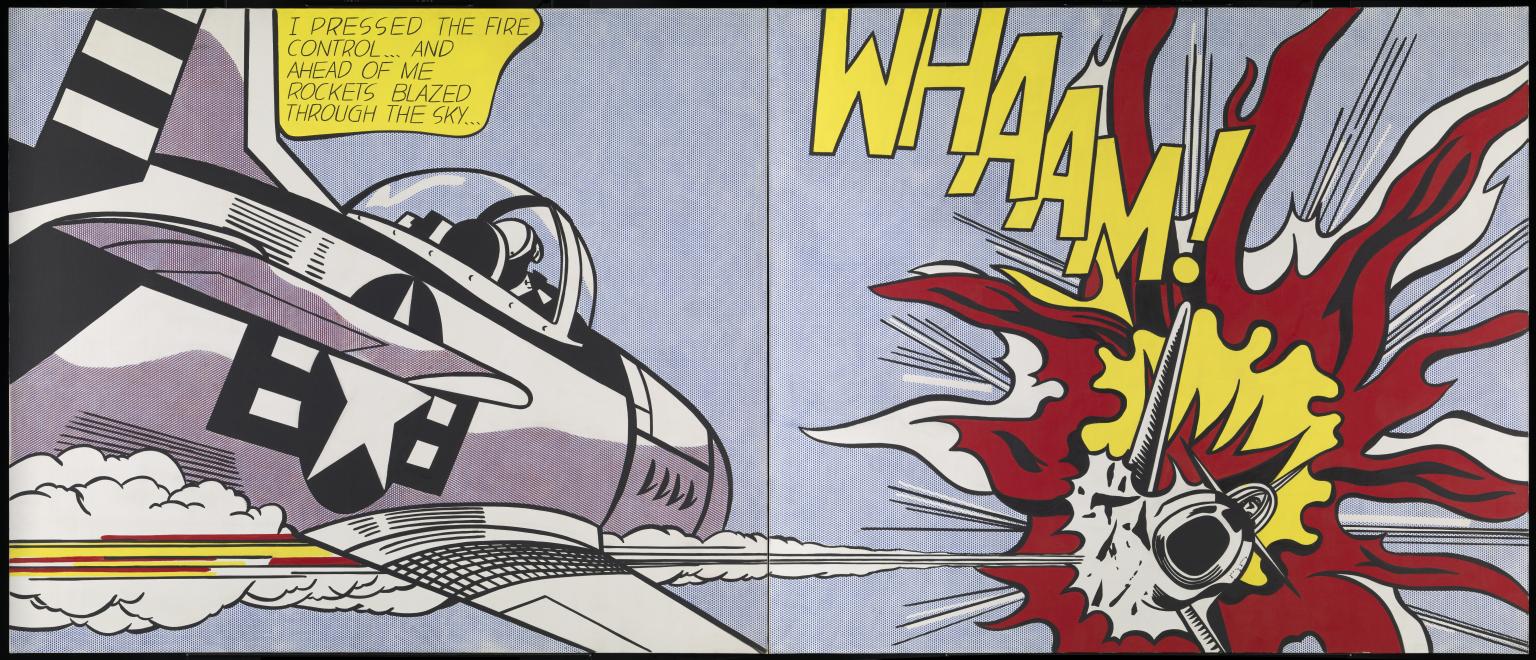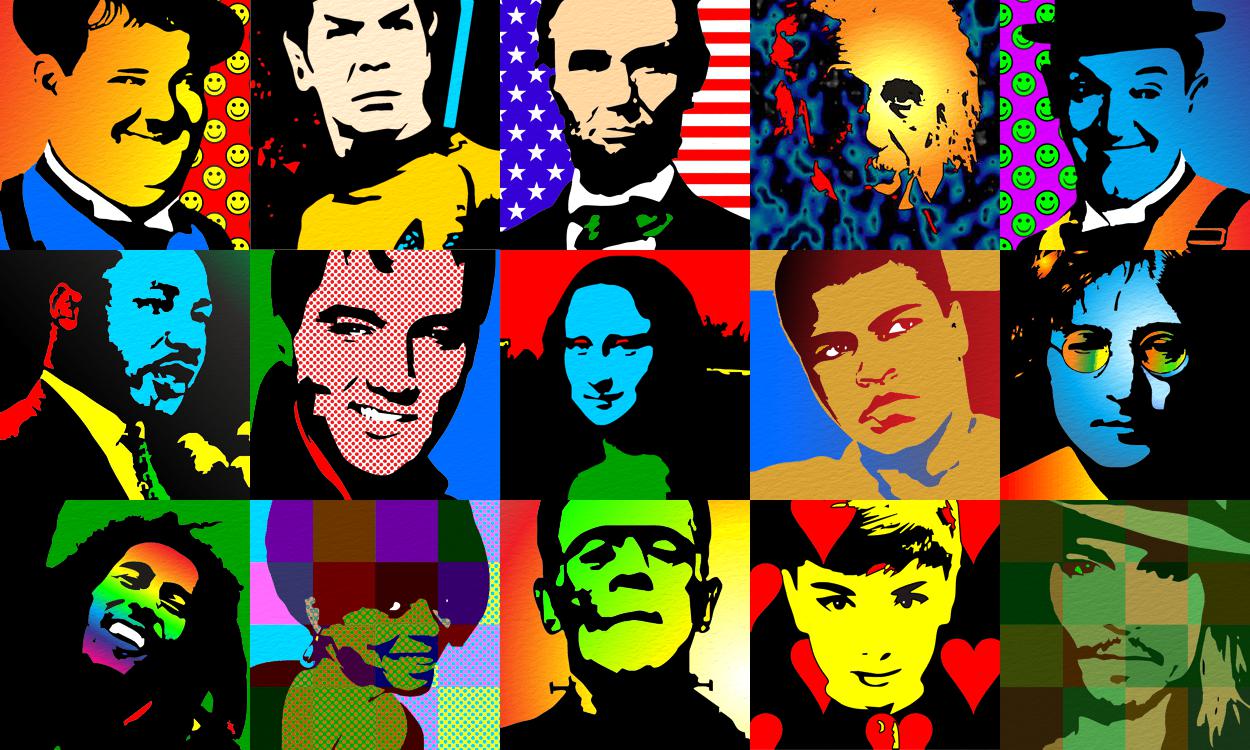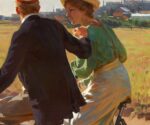A Blend of Popular Culture and Artistic Expression
Pop art, a vibrant and influential artistic movement that emerged in the 1950s, is characterized by its bold and vivid imagery drawn from popular culture. It challenged traditional notions of art by incorporating elements from mass media, consumer products, and everyday life. In this article, we will explore the defining features, types, key figures, and impact of the Pop Art movement.
What Defines Pop Art?
Pop art is defined by its celebration and critique of popular culture. It embraces the imagery and iconography of mass media, advertising, comic books, and consumer products. Artists sought to blur the boundaries between high art and popular culture, using techniques like appropriation, repetition, and bold color palettes to create visually striking works.
Types of Pop Art
There are several types of pop art, each with its own unique characteristics. Some of the notable types include:
1. Consumer Product Pop Art
This type of pop art focuses on everyday consumer products and packaging. Artists like Andy Warhol became famous for their depictions of Campbell’s Soup cans and Coca-Cola bottles, elevating these ordinary objects into art.
2. Celebrity Pop Art
Celebrity culture and the fascination with famous personalities are central themes in this type of pop art. Artists such as Roy Lichtenstein created iconic portraits of famous figures like Marilyn Monroe, Elvis Presley, and Elizabeth Taylor.
3. Comic Book Pop Art
Drawing inspiration from comic books and graphic novels, artists like Roy Lichtenstein incorporated the bold lines, vibrant colors, and speech bubbles associated with this genre into their artworks.
Pop Art Examples
Some famous examples of pop art include Andy Warhol’s “Campbell’s Soup Cans,” Roy Lichtenstein’s “Whaam!” and “Drowning Girl,” and James Rosenquist’s “F-111.” These artworks showcase the distinct style, themes, and techniques associated with pop art.
 |
| Andy Warhol’s “Campbell’s Soup Cans |
 |
| Roy Lichtenstein’s “Whaam! |
 |
| Roy Lichtenstein’s “Drowning girl! |
 |
| James Rosenquist’s “F-111” |
Pop Art Definition and Characteristics
Following are some of the most important characteristics of Pop art:
1. Appropriation:
Artists appropriated images and objects from popular culture, recontextualizing them within an artistic framework.
2. Repetition:
Repetitive patterns, images, or motifs are often used in pop art to emphasize mass production and consumerism.
3. Bold Colors:
Pop art employs vibrant and saturated colors to create visually striking and attention-grabbing artworks.
4. Irony and Critique:
Pop art often contains an element of irony and social commentary, questioning the impact of consumerism and popular culture on society.
Pop Art for Kids
Introducing children to pop art can be an engaging and educational experience. Through age-appropriate activities and discussions, kids can explore pop art’s bright colors, bold imagery, and its connection to everyday life. They can create their own pop art-inspired artworks using familiar objects or popular symbols.
Pop Art Movements
Pop art has influenced various artistic movements, such as Neo-Pop Art, Street Art, and Contemporary Pop Art. These movements continue to explore and reinterpret the themes and techniques of pop art in modern contexts.
Frequently asked questions
Who Gave Pop Art Its Name?
The term “Pop Art” was coined by the British art critic Lawrence Alloway in the mid-1950s. He used it to describe the emerging art movement that celebrated popular culture and consumerism.
Who Made Pop Art Famous?
Pop art gained widespread recognition and popularity through the works of renowned artists such as Andy Warhol, Roy Lichtenstein, Claes Oldenburg, and James Rosenquist. Their innovative and provocative creations brought pop art into the mainstream and made it a significant artistic movement.
In conclusion, the Pop Art movement revolutionized the art world by embracing popular culture and challenging traditional notions of artistic expression. Defined by its vibrant imagery, incorporation of consumer products, and critique of society, pop art continues to captivate audiences with its bold style and thought-provoking themes. Whether through the works of iconic figures like Andy Warhol and Roy Lichtenstein or the influence it has on contemporary art, pop art remains a testament to the power of blending art and popular culture.










